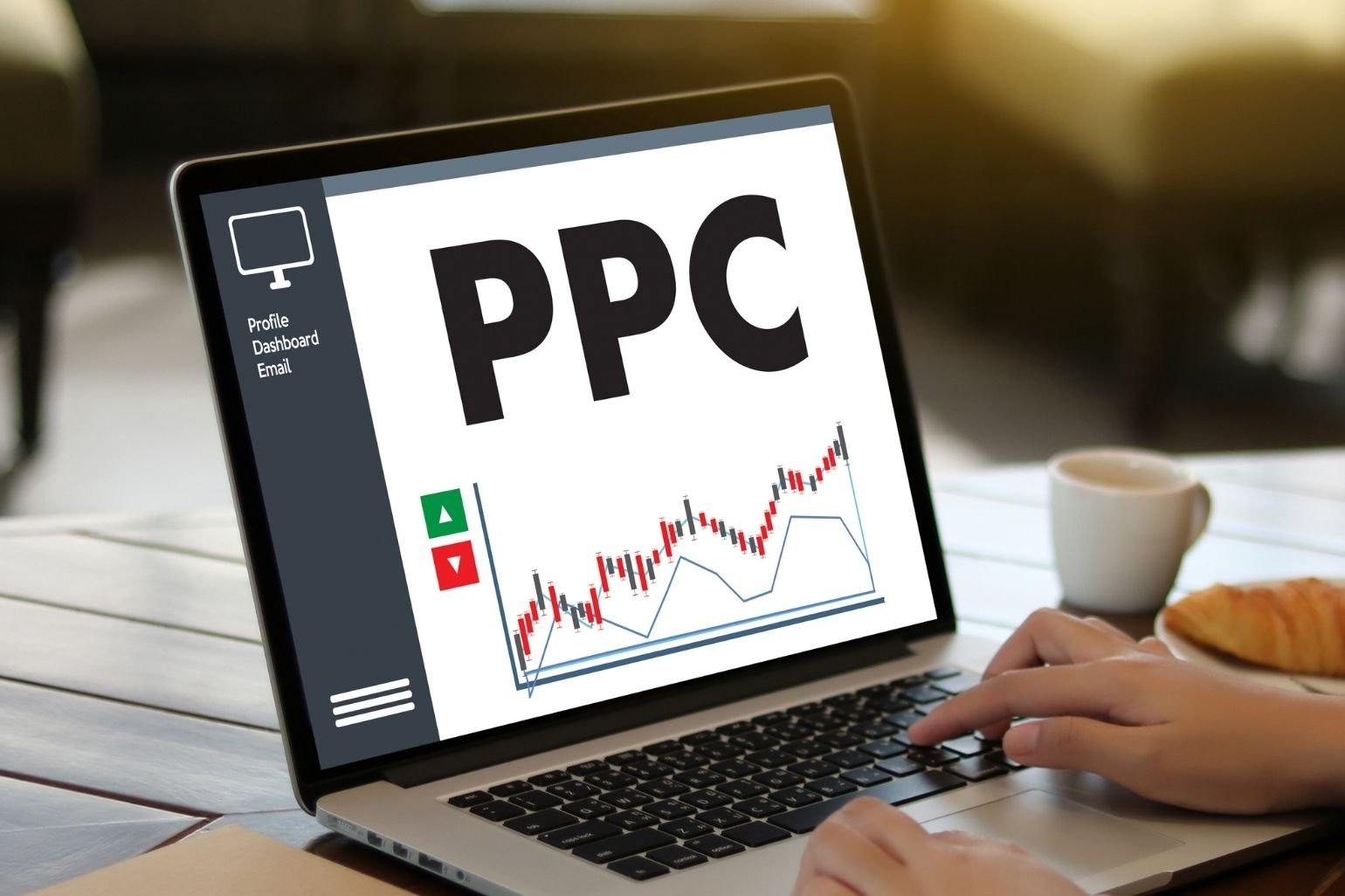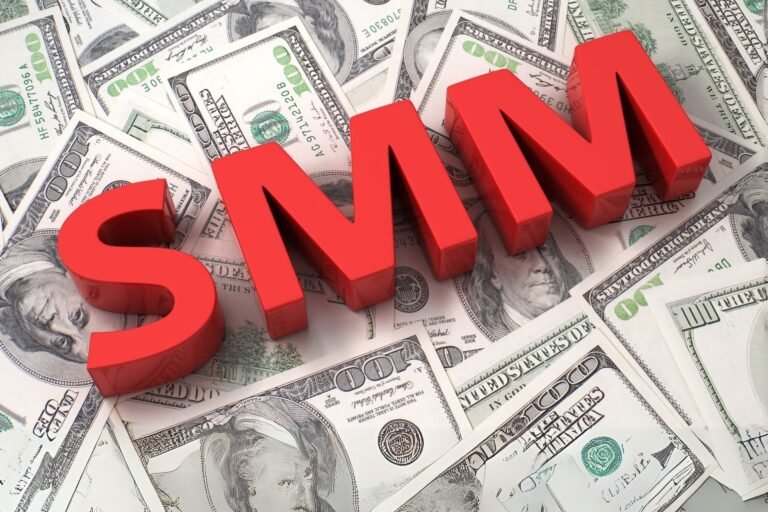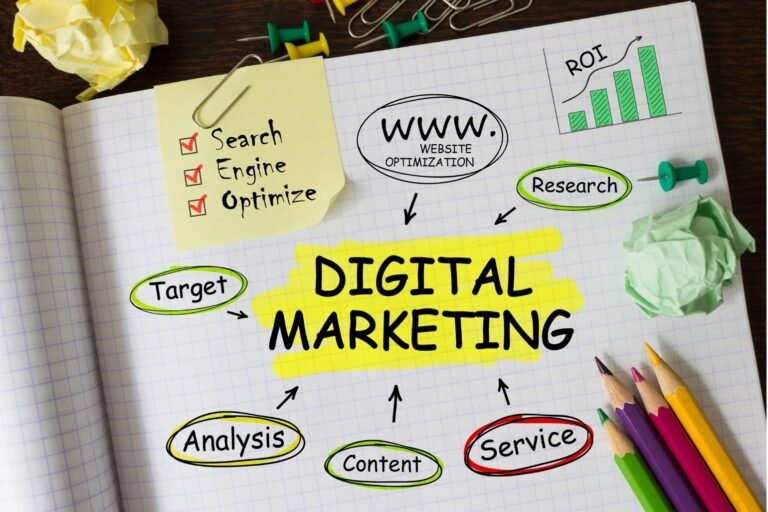What is the full form of PPC?
If you’ve been exploring ways to grow your business online, you’ve probably come across the term PPC. But what does PPC actually stand for, and how does it work?
In this quick guide, we’ll break down the full form of PPC, explain what it means, and show why it’s such a powerful tool in digital marketing.
📖 What is the Full Form of PPC?
PPC stands for Pay-Per-Click.
It’s a popular online advertising model where advertisers pay a fee each time someone clicks on their ad. Instead of trying to “earn” visits organically (like through SEO), you can buy visits to your site by placing ads on platforms like Google, Facebook, or LinkedIn.
🚀 How Does PPC Work?
It’s pretty straightforward:
✅ You create an ad (text, image, or video) and choose where you want it to appear — such as in Google search results or someone’s Facebook feed.
✅ You set a budget and decide how much you’re willing to pay for each click.
✅ When someone clicks your ad, they’re taken to your website or landing page, and you pay for that click.
Think of it like paying for highly targeted foot traffic — except it’s online.
🔍 Common Types of PPC Advertising
Here are a few of the most popular forms of PPC you might come across:
- Google Ads (Search Ads): Your ad appears at the top of Google when someone searches for related keywords.
- Display Ads: Banner ads that show on other websites.
- Social Media Ads: Paid ads on Facebook, Instagram, LinkedIn, or Twitter.
- Shopping Ads: Product listings you see directly in Google Shopping.
💡 Why is PPC So Popular?
- Immediate results: Unlike SEO, which can take months, PPC can start driving traffic right away.
- Highly targeted: You can show your ads to people by location, interests, behavior, or what they’ve searched for.
- Control over budget: You set how much you want to spend per day or per month.
- Measurable: You can track exactly how many clicks, leads, or sales came from your ads.






